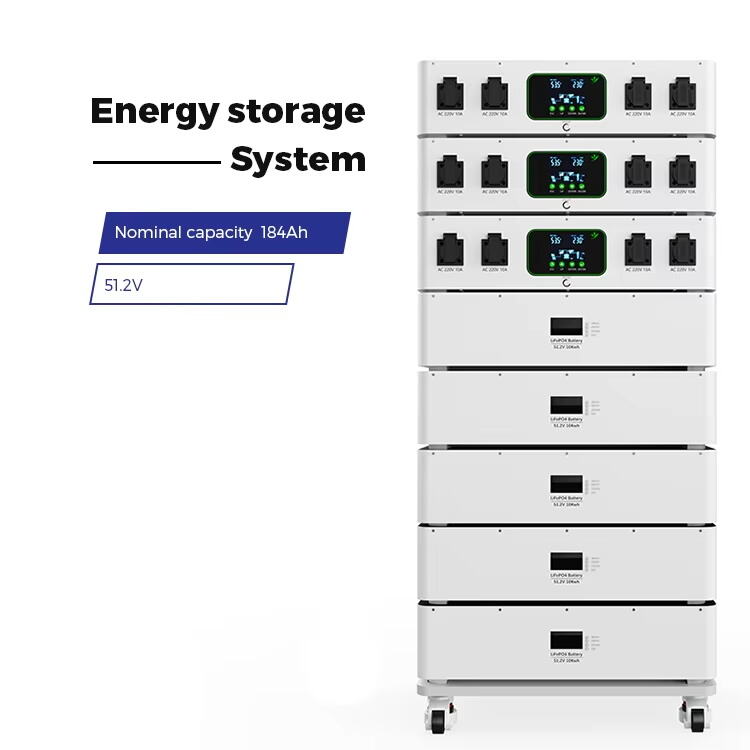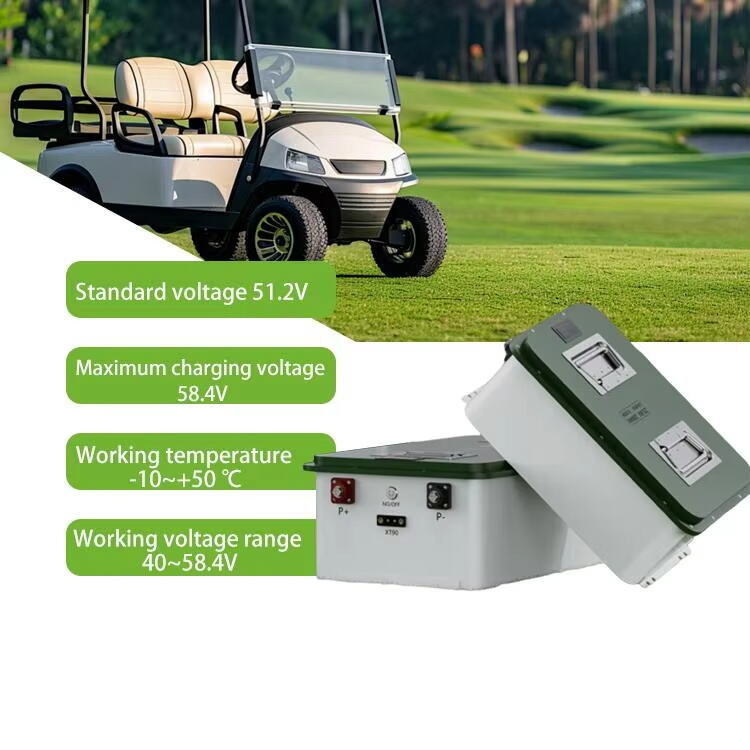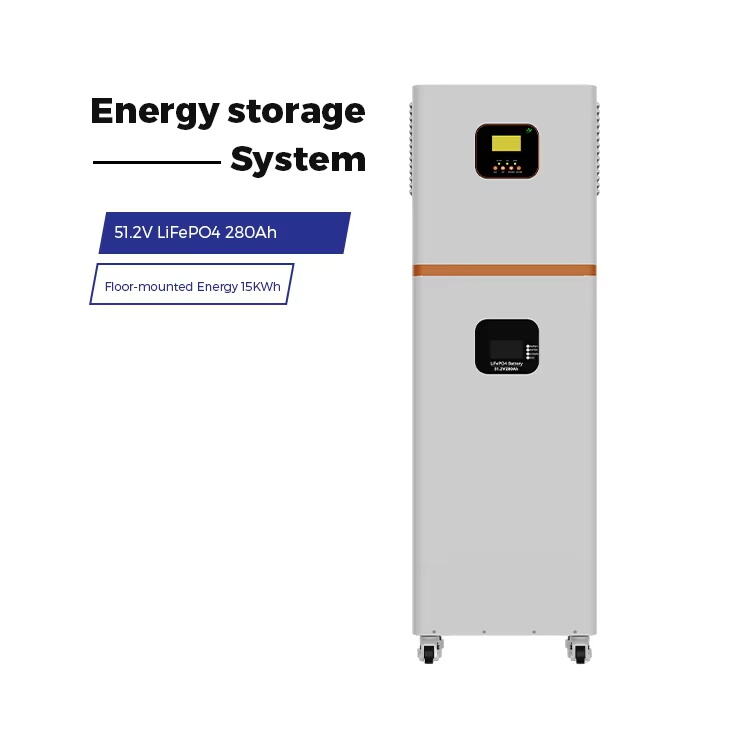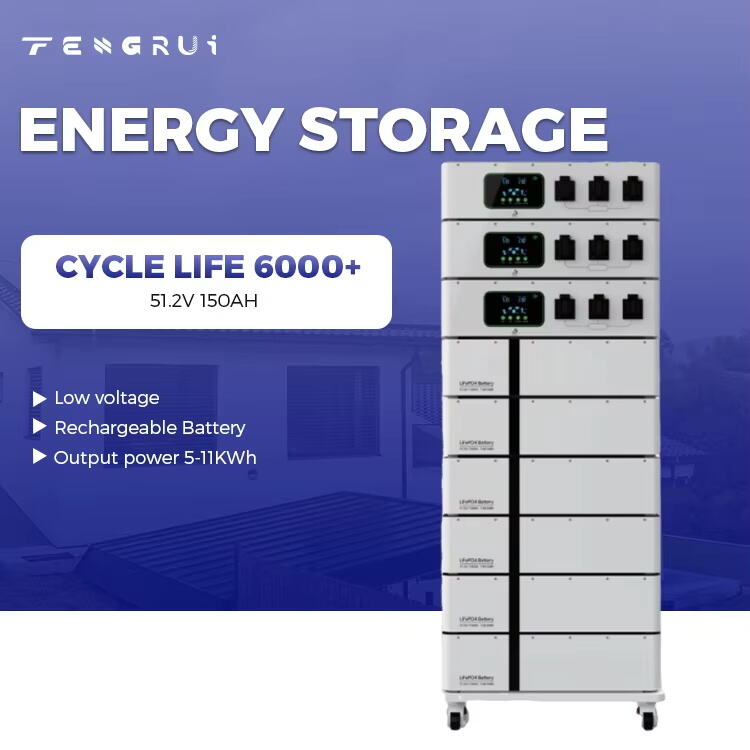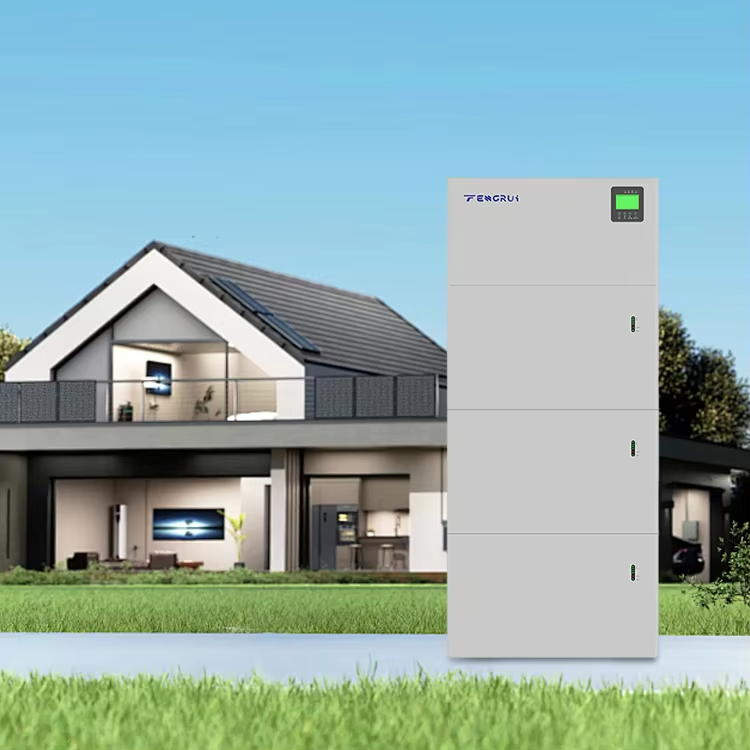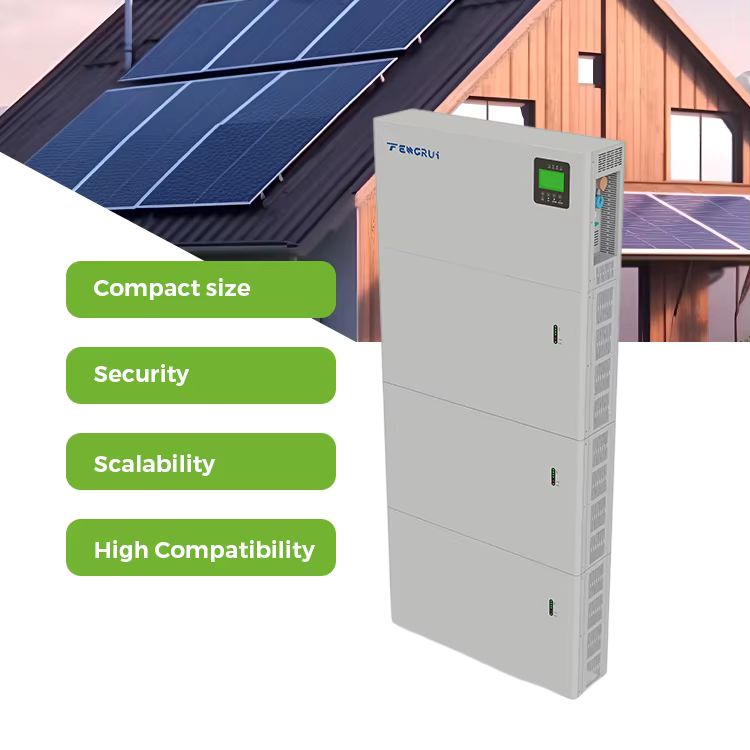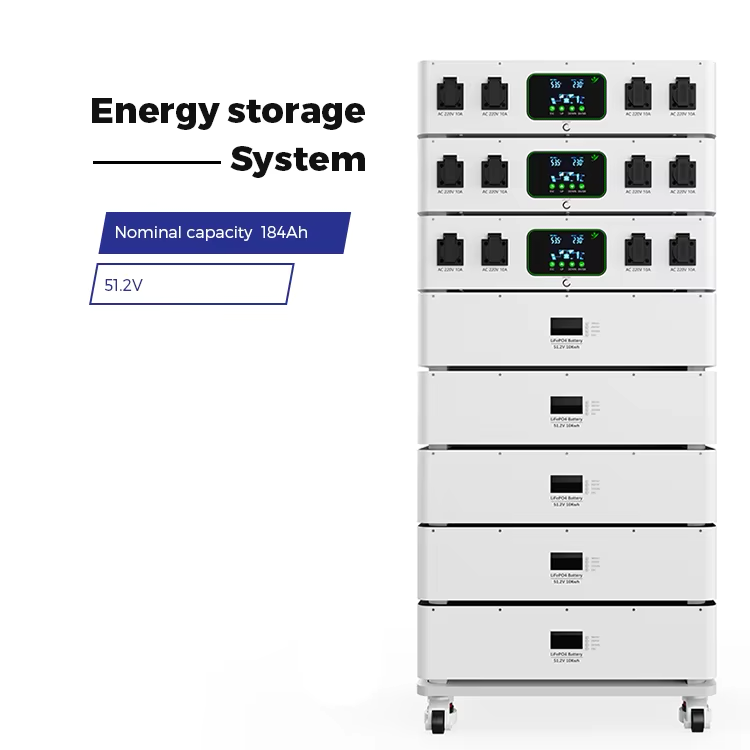solar and battery storage
Solar and battery storage systems represent a revolutionary approach to energy management, combining solar power generation with advanced energy storage capabilities. These integrated systems capture solar energy through photovoltaic panels and store excess power in high-capacity batteries for later use. The technology employs sophisticated power inverters that convert solar-generated DC electricity to AC power for household use, while smart management systems optimize energy flow between solar panels, batteries, and the grid. Modern systems feature real-time monitoring capabilities, allowing users to track energy production, storage levels, and consumption patterns through mobile applications. The setup typically includes solar panels, battery units, inverters, and a control system that automatically manages power distribution. These systems can operate in both grid-connected and off-grid configurations, providing flexibility for various installation scenarios. The technology has evolved to include features such as automatic switching between power sources, weather-adaptive charging patterns, and intelligent load management. Applications range from residential installations to commercial facilities, with scalable solutions that can be customized based on energy requirements and available space. The systems also incorporate safety features such as thermal management, overcharge protection, and emergency backup functionality.





